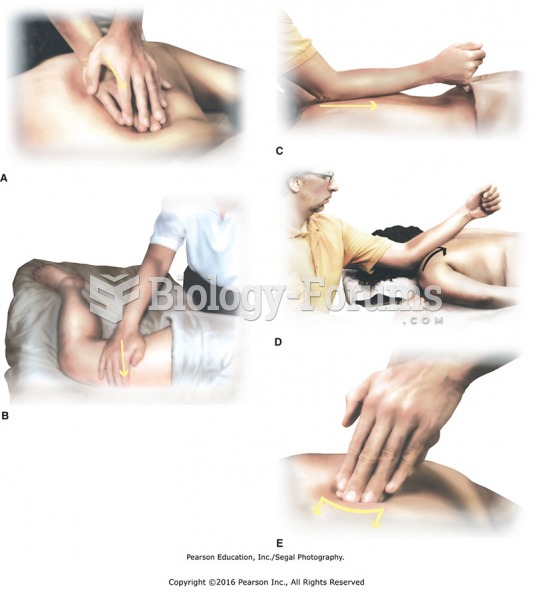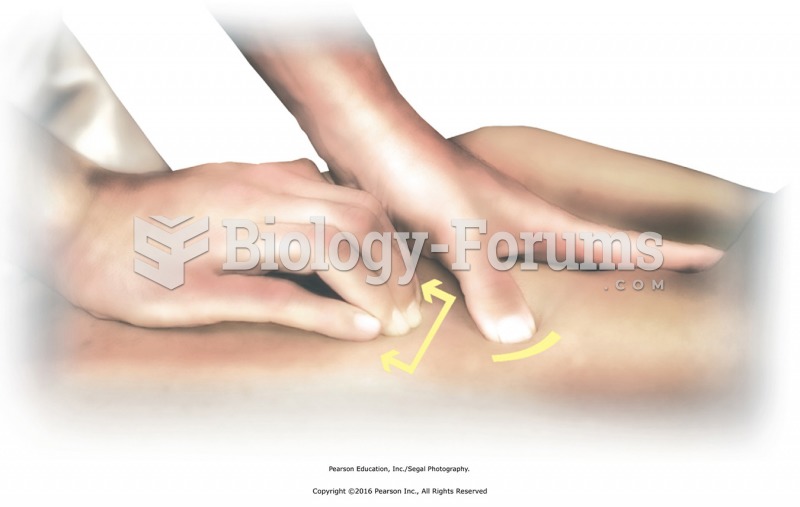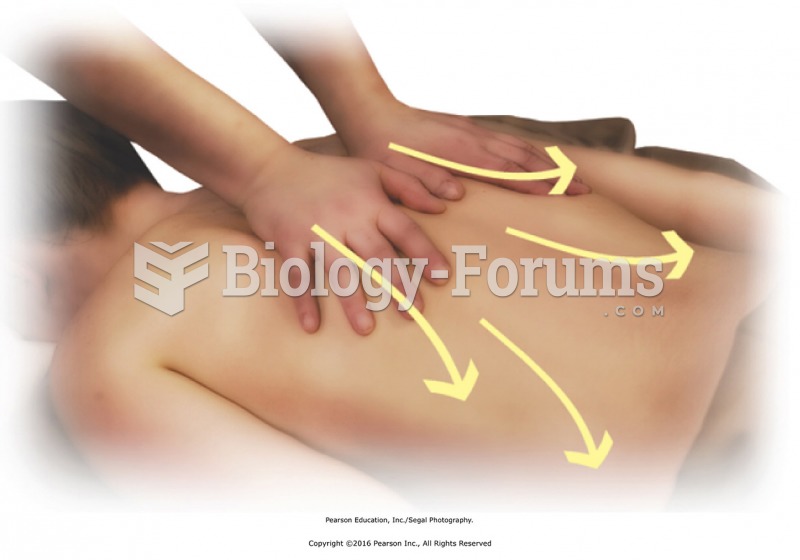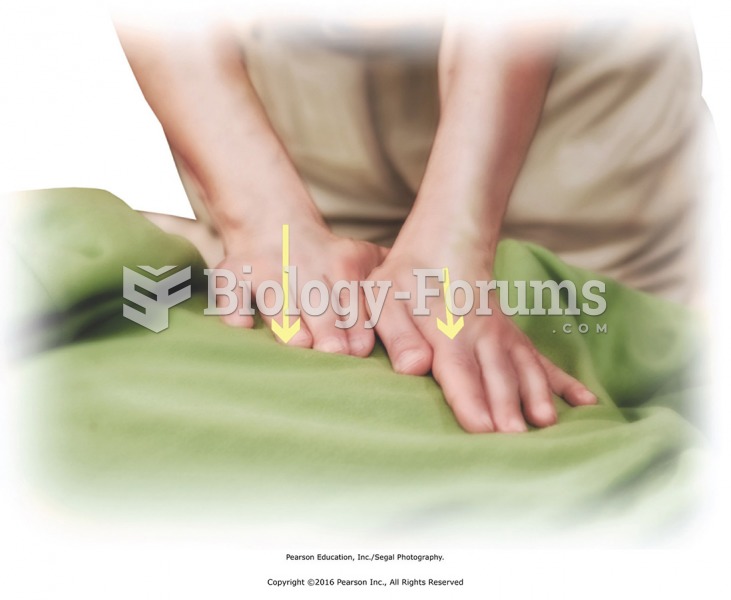Answer to Question 1
Purposeful intake and assessment on all new admissions: this means that inmateseven those who will be in jail a relatively short period of timemust begin to prepare for reentry the moment they enter the jail. A dedicated reception unit for new admissions can observe inmate adjustment and behavior firsthand prior to the housing unit assignment is made.
A sound inmate classification system and follow-up housing unit assignment: Classification systems provide an opportunity to identify, perhaps for the first time, an individual's social and health needs and public safety risks, and to develop a plan to address those needs and risks. These reentry plans need to work in conjunction with the basic institutional classification process that serves to identify individuals who might be at risk to themselves or to others and to correctly place them at the appropriate security level in the facility.
Meaningful jail treatment programs: The reentry of jail inmates back into society can benefit from treatment programs. In these programs, participants may live in contracted halfway houses or prerelease facilities or at home under electronic monitoring surveillance. Clients are able to work and contribute to their own and their families' financial support, develop deeper ties with their families, and access community resources directly while remaining in a structured and highly accountable setting.
The jail environment: Jails that are well-lit, clean, and that have calming colors will be more comfortable and likely safer for the inmates in the housing units as well as for volunteers, medical personnel, counselors, and visitors. This will result in fewer incidents among inmates, reduced staff turnover, better interaction between personnel and inmates, increased visitors, and more community volunteers. This is essential for an inmate's smooth transition back into the community.
Answer to Question 2
a







